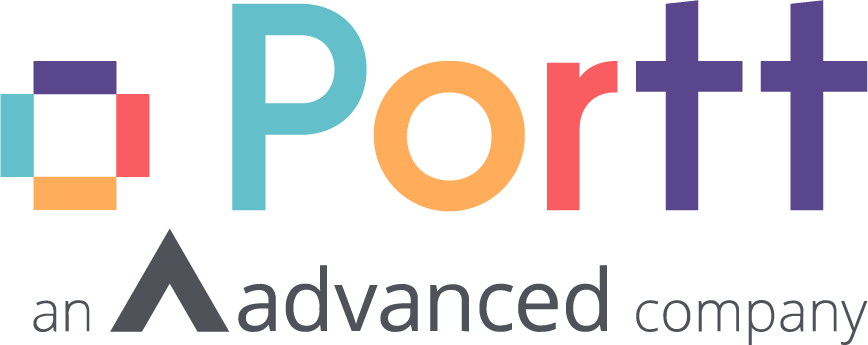Ethical and responsible procurement now forms a key component within the sourcing and buying functions of leading Australian organisations both public and private. The earlier your organisation gets on board, the greater your opportunity to not only reap the benefits, but to also engineer your transformation according to your own terms, values and timeframe.
How do you begin to introduce something likely to impact almost every part of your operations, and do it in a way that doesn’t create a hindrance to those operations? If you don’t have experience with sustainable procurement, the issues surrounding it, what criteria to include or how to identify which suppliers meet your criteria, bear in mind the following five considerations when building your framework:

1. Develop a Sustainable Procurement policy
Write your policy by moving through the following self-assessments:
- Identify your starting point.
What is your organisation’s current sustainable purchasing profile? What are the impacts and risks of its current activities, products, supply chain structure and carbon footprint?
- Define improvement areas and develop a strategy.
Identify the most significant procurement categories, set measurable objectives and build an action plan.
- Redesign your purchasing process.
Set environmental, health and social impact criteria, set sustainable choice criteria in the suppliers’ offers analysis, and motivate suppliers to innovate eg. green transport, packaging, product traceability, etc.
- Link your new policy to your organisation’s existing policies.
Ensure your new policy will be in harmony with your organisation’s current stated approach. If they are contradictory, they will create confusion and inefficiency which will lead to their abandonment in favour of the existing policies.
2. Identify your organisation’s sustainable procurement priorities
Your organisation may place a particular focus on addressing environmental impact, or labour practices, or human rights issues – but whatever that priority is, it should be reflected in your sustainable procurement policy. And regardless of the chosen focus, the policy should also include a requirement for continual improvement towards meeting other sustainability goals. Learn more about global sustainable procurement standards here.
3. Have your policy endorsed by senior management to cultivate a top-down approach to adoption.
The most effective way to ensure a new policy’s successful adoption is to have it championed by senior stakeholders. They then have the authority and the agency to make sure your organisation is fully equipped and enabled to adopt sustainable procurement practices in the most advantageous ways.
4. Commit to making sustainable procurement a standard part of your organisation’s standard procurement process.
As opposed to it being something separate and in addition to standard policy and practices, your aim with sustainable procurement should be for it to become a key, defining and integral aspect of your organisation’s overall approach to procurement.
5. Research and evaluate the procurement tools and resources currently available.
From automation and budget oversight through to approval tracking and collaboration, the new generation of procurement management systems and platforms can minimise risk, maximise returns and optimise your sustainable procurement policy. See your transformation as perpetual and make new tools part of your ongoing evolution.
Deliver sustainable value and benefits to the broader economy, society and environment by making your procurement sustainable.
Contact us to find out more about how Portt can support you in your transformation.



